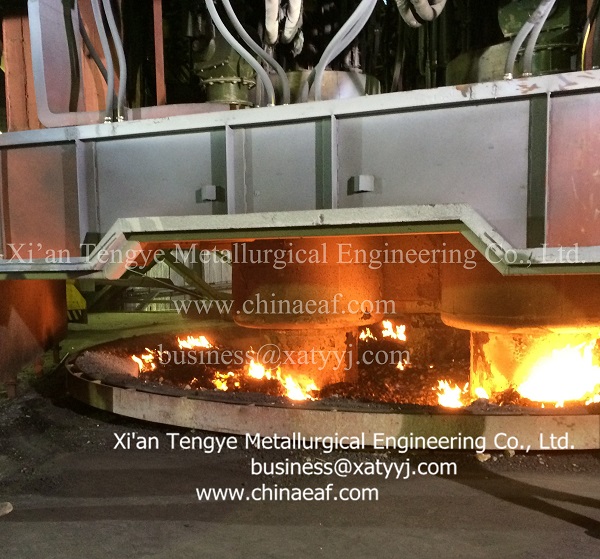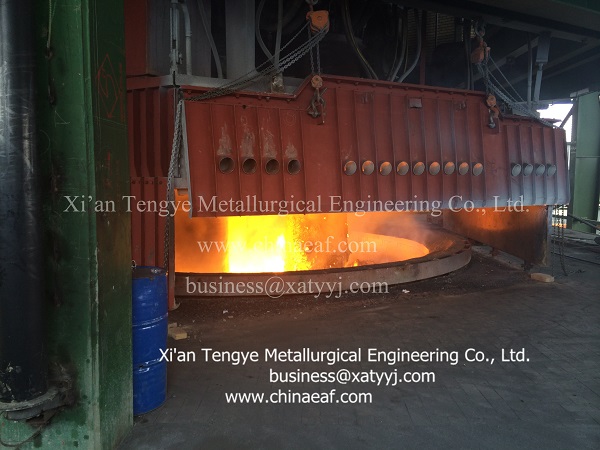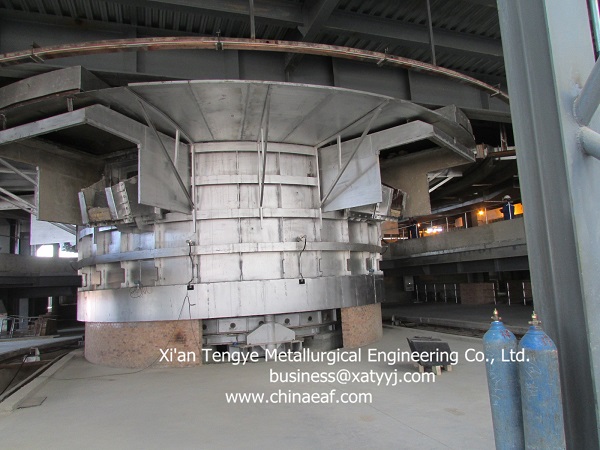Feedback

Outlook on the Silicon Metal Global Market to 2027
The global silicon metal market size was $6.3 billion in 2019, and is projected to reach $8.9 billion by 2027, growing at a CAGR of 5.5% from 2020 to 2027.
The global silicon metal market size was $6.3 billion in 2019, and is projected to reach $8.9 billion by 2027, growing at a CAGR of 5.5% from 2020 to 2027.

The global silicon metal market is presently driven by various factors such as increase in demand for aluminum alloys in the automotive industry, expanding application spectrum of silicones, demand from energy storage markets, and a steady demand from the global chemical industry. A major chink of silicon metal is currently used in the production of aluminum alloys, which, in turn, is used in the production of light-weight automotive. Aluminum's superior strength-to-weight ratio makes it more effective for building fuel efficient cars than steel or iron. Hence, the demand for automotive-related alloys is expected to increase, thus, driving the demand for silicon metal. Silicon metal is absolutely necessary for the production of aluminum and chemical products since it provides them with essential properties. In addition, it cannot be substituted and there is no recycling of (pure) Silicon. In the chemical industry, it is used for producing silicon compounds as well as silicon wafers used in photovoltaic solar cells and electronic semiconductors. Silicon compounds are the raw material for a large and growing number of industrial and consumer products such as silicone rubber parts, urethane foam, sealants, adhesives, lubricants, food additives, coatings, and cosmetics.

The high cost of production of silicon metal is expected to limit its market growth during the forecast period. The production of silicon metal is energy intensive, which increases its cost of production. Submerged arc furnace (SAF) is highly energy intensive and a large portion of the total production cost is related to its energy consumption. Further, the cost of producing silicon metal is controlled by the prices of other components such as coal, quartz, oil/natural gas, and electrodes. The production of silicon metal requires constant supply of its raw material-quartz. Quartz mines are owned by few global players such as Ferroglobe, Liasa, and Elkem. Hence, the scope for vertical integration is minimum. This limits the entry of new players in the silicon metal production chain, thus, leading to high prices.

Growing use of silicon metal in solar panel production and focusing on reducing the cost of production of silicon metal will help in the future growth of the global silicon market. Silicon metal is already an essential material in the metal smelting industry, however, the consumption of silicon metal has increased in recent years, mainly from the electronics and solar industries.








